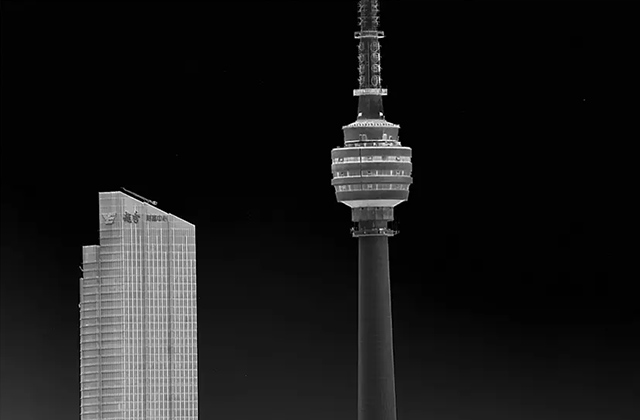Thermal imaging technology has revolutionized various fields, including surveillance, firefighting, industrial inspections, and even medical diagnostics. Understanding the core parameters of thermal imaging modules is essential to make informed decisions when selecting and utilizing these devices. Two vital parameters are pixel size and frame rate, which directly impact the performance and capabilities of thermal imaging modules. In this article, we will delve into these parameters, their significance, and their implications in different applications.

1.Pixel Size
Pixel size refers to the dimensions of individual pixels on a thermal imaging sensor. The smaller the pixel size, the higher the spatial resolution of the image captured by the module. A smaller pixel size allows for more precise temperature measurements and finer details in the thermal image. However, decreasing pixel size often results in reduced sensitivity and dynamic range, potentially affecting the overall image quality. Optimal pixel size selection depends on the specific application requirements and trade-offs between resolution and sensor performance.
The pixel size of infrared technology has reached an astonishing new stage: moving from the mainstream pixel size of 12 micrometers to 10 micrometers, and even 7.5 micrometers. Wuhan Global Sensor Technology has developed a 7.5-micrometer infrared camera core that is on par with international advanced levels. This breakthrough not only signifies China’s leading position in the field of infrared thermal imaging but also elevates 7.5-micrometer technology to new heights. With such technological innovation, the future prospects of infrared thermal imaging technology are vast and full of potential.

2.Frame Rate
Frame rate is another key parameter of thermal camera module. Choosing infrared core modules with high frame rates allows you to capture the state of high-speed objects and provide more sensitive and accurate information.
Frame rate refers to the number of frames that a thermal imaging module captures per second. Higher frame rates allow for a smoother and more fluid video/streaming experience. This is especially important in applications involving moving targets or real-time monitoring. However, increasing the frame rate also requires faster readout capabilities and higher processing power. Moreover, higher frame rates might lead to reduced exposure time per frame, which can affect the thermal sensitivity of the sensor. Determining the appropriate frame rate depends on the application’s dynamics, target movement, and desired level of detail.
Increasing the frame rate means the infrared camera module/core can complete more image capture, processing, display, and the improved response speed of sensors and internal circuitry further enhances the performance of frame rate. Therefore, whether it is for night vision observation or scientific research experiments, infrared camera cores with high frame rates can provide you with excellent performance, making your work more precise and efficient.
Practical Considerations
Balance between resolution and sensitivity: Choosing an appropriate pixel size is crucial to strike a balance between high spatial resolution and sufficient sensitivity for accurate temperature measurements.
Environmental conditions: Factors like ambient temperature, humidity, and target emissivity can influence the effectiveness of thermal imaging modules. These variables must be considered when selecting pixel size and frame rate.
Cost and budget: Higher-resolution sensors and faster frame rates often come at a cost. Consider the budget limitations while deciding on the optimal parameters.
Applications:
Surveillance and security: In security applications, high frame rates improve real-time monitoring, while pixel size affects the ability to identify small objects or details.
Industrial inspections: For inspecting large structures such as pipelines or buildings, lower frame rates may be acceptable, while high-resolution pixel sizes help identify thermal anomalies accurately.
Medical diagnostics: Medical applications may prioritize pixel size to capture fine details, while frame rate becomes more crucial in dynamic scenarios such as monitoring blood flow or surgical procedures.
Pixel size and frame rate are critical parameters in thermal imaging modules, and their appropriate selection depends on the specific application requirements. The balance between resolution, sensitivity, and real-time monitoring capabilities plays a significant role in determining the module’s overall performance. By understanding and optimizing these core parameters, users can leverage thermal imaging technology to its fullest potential in various fields, ensuring efficient and accurate thermal analysis.

Go Top